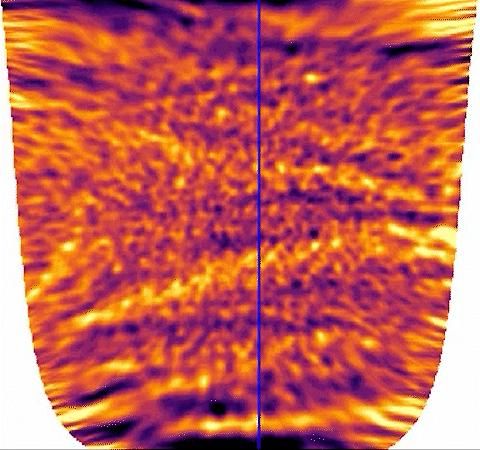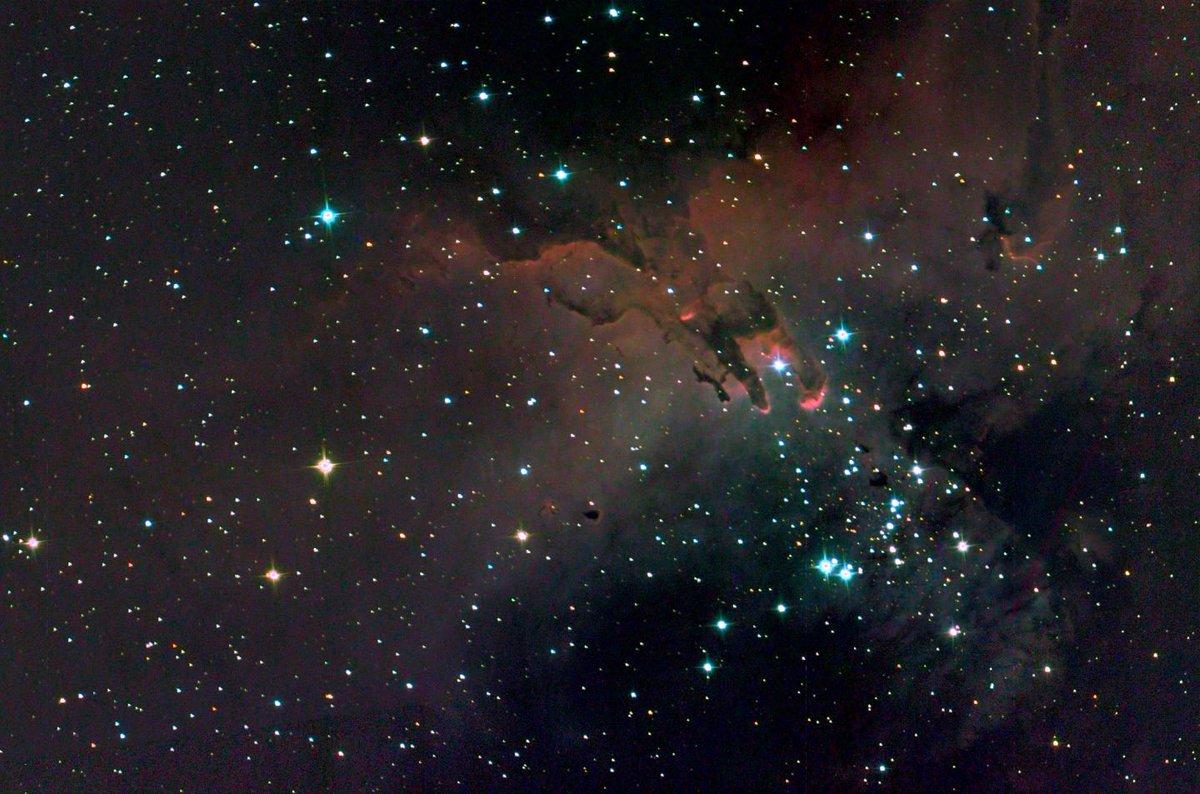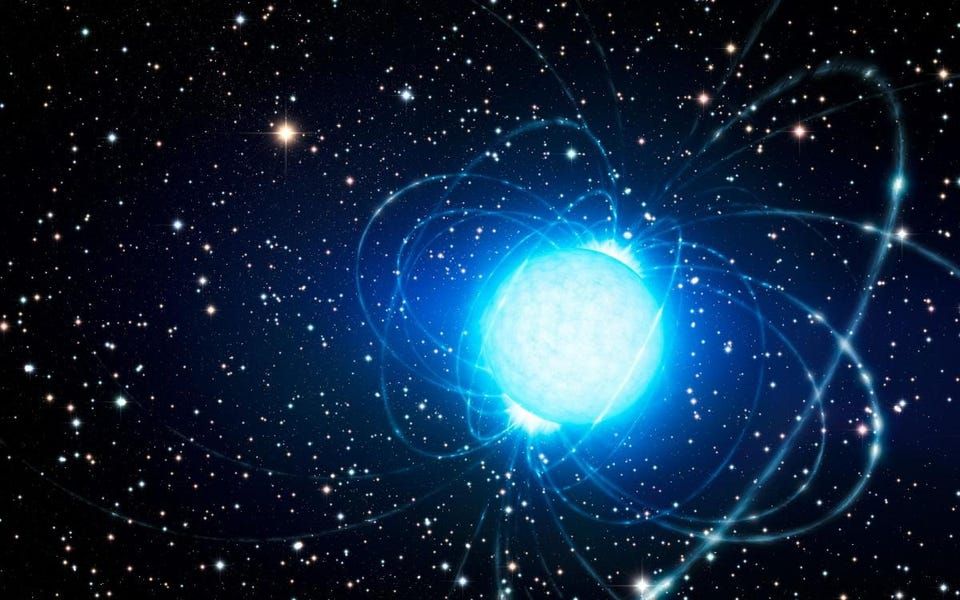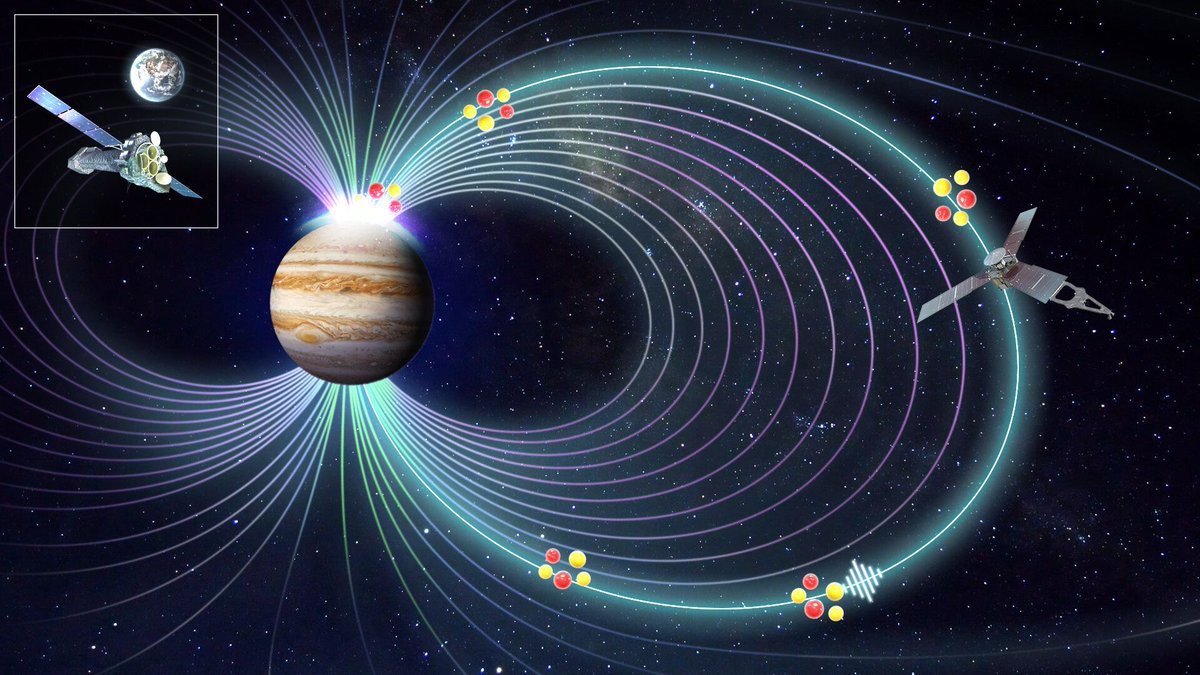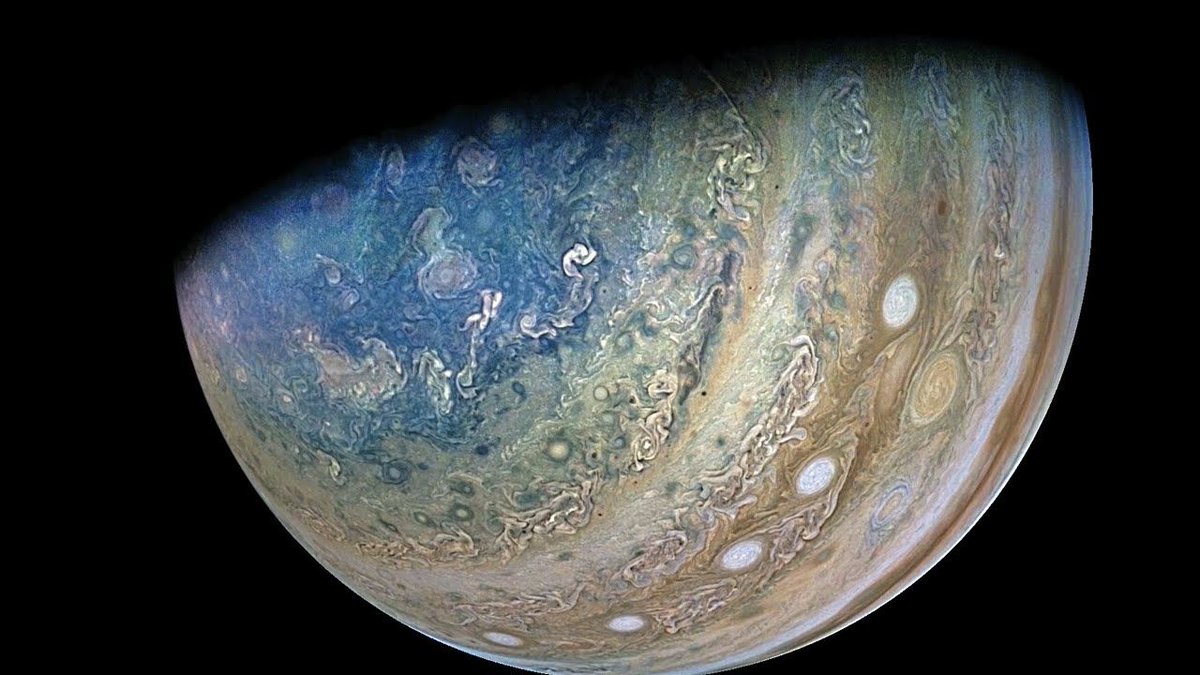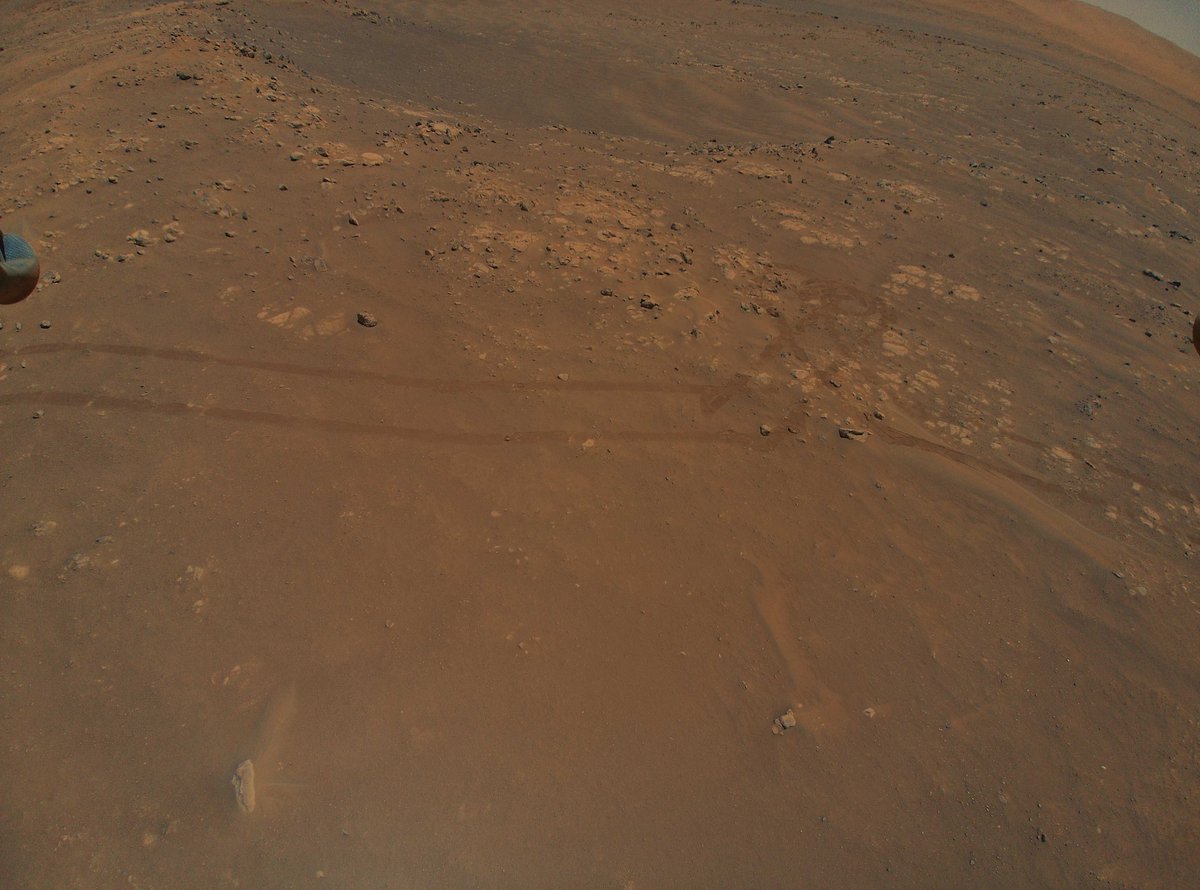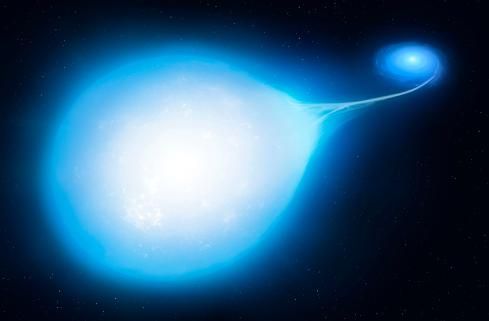Observing the dark side of planets is hard. In the visible spectrum, they are almost unobservable, while in the infrared some heat signatures may come through, but not enough to help see what is going on in a planet’s atmosphere. Now a team from the University of Tokyo think they’ve developed a way to monitor weather patterns on the night side of one of the most difficult planets of all – Venus.
Continue reading “Observing the Night Side of Venus is Actually Pretty Tricky”A new Balloon-Based Observatory Could Produce Images as Fine as Hubble
Launching satellites is an expensive business – at least for now. But satellites are necessary in astronomy for one major reason – it gets telescopes above the atmosphere. The Earth’s atmosphere and its associated weather patterns are a massive hindrance to collecting good images. If a stray cloud passes in front of the observational target once over the course of a few days, it could ruin the entire image. Which is why some of the most striking astronomical pictures come from space-based observatories like Hubble. But now, a team of researchers from Durham, Toronto, and Princeton Universities has come up with a new way to get above that atmosphere that doesn’t involve a launch into orbit. They want to use a balloon.
Continue reading “A new Balloon-Based Observatory Could Produce Images as Fine as Hubble”Forget About Interstellar Flights. Tiny Light Sails Could be Used to Explore the Solar System Today
Solar sails have been receiving a lot of attention lately. In part that is due to a series of high profile missions that have successfully proven the concept. It’s also in part due to the high profile Breakthrough Starshot project, which is designing a solar sail powered mission to reach Alpha Centauri. But this versatile third propulsion system isn’t only useful for far flung adventures – it has advantages closer to home as well. A new paper by engineers at UCLA defines what those advantages are, and how we might be able to best utilize them.
Continue reading “Forget About Interstellar Flights. Tiny Light Sails Could be Used to Explore the Solar System Today”Scientists Have a new way to Predict the Most Damaging Solar Storms
Space is full of hazards. The Earth, and it’s atmosphere, does a great job of shielding us from most of them. But sometimes those hazards are more powerful than even those protections can withstand, and potentially catastrophic events can result. Some of the most commonly known potential catastrophic events are solar flares. While normal solar activity can be deflected by the planet’s magnetic field, resulting in sometimes spectacular auroras, larger solar flares are a danger to look out for. So it’s worth celebrating a team of researchers from the International Space Science Institute which found a way to better track these potentially dangerous natural events.
Continue reading “Scientists Have a new way to Predict the Most Damaging Solar Storms”Neutron Stars Have Mountains, They’re Just a Fraction of a Millimeter High
The universe has some very extreme places in it – and there are few places more extreme than the surface of a neutron star. These ultradense objects form after a supergiant star collapses into a sphere about 10 kilometers (6 miles) in diameter. Their surface is extreme because of the gravity, which is about a billion times stronger than Earth. However, that gravity also forces the stellar remnant to be extraordinarily flat. Just how flat is the outcome of a new set of theoretical research by PhD student Fabian Gittins from the University of Southampton.
Continue reading “Neutron Stars Have Mountains, They’re Just a Fraction of a Millimeter High”Ions Surf Through Jupiter’s Magnetic Field, Triggering its Auroras
Auroras come in many shapes and sizes. Jupiter is well known for its spectacular complement of bright polar lights, which also have the distinction of appearing in the X-ray band. These auroras are also extreme power sources, emitting almost a gigawatt of energy in a few minutes. But what exactly causes them has been a mystery for the last 40 years. Now, a team used data from a combination of satellites to identify what is causing these powerful emissions. The answer appears to be charged ions surfing on a kind of wave.
Continue reading “Ions Surf Through Jupiter’s Magnetic Field, Triggering its Auroras”This is the View From Juno During its Flyby of Ganymede and Jupiter
Visualizations shape how we perceive space exploration. Whether it’s the Pale Blue Dot, the Hubble Ultra Deep Field, Earthrise, or any other myriad images captured as part of this great endeavor, they all help inspire the next generation of explorers. Now, with advances in image capture and processing technology, we can finally start to take the next step in those visualizations – video. Ingenuity was recently captured on video during its first flight a few months ago. And this week, NASA released a breathtaking video of Juno’s view of Jupiter and Ganymede, one of its moons, as it flew past the gas giant.
Continue reading “This is the View From Juno During its Flyby of Ganymede and Jupiter”Ingenuity is now Mapping the Terrain Around Perseverance
Having eyes in the sky is useful for a variety of activities. Everything from farming to military operations has benefited from the boom in drone usage, as the small aircraft track the progress of crop disease, enemy movements, or how awesome a professor skier looks going down a mountain. Now the benefits of aerial surveillance has spread to other worlds as Perseverance is starting to map out its path with help from Ingenuity.
Continue reading “Ingenuity is now Mapping the Terrain Around Perseverance”Here’s SpaceX’s new Drone Ship: “A Shortfall of Gravitas”
At this point, SpaceX could claim to be both a rocket company and also a maritime shipping company. The company owns a fleet of drone ships for the purposes of providing their rockets with a safe place to retrograde land in the ocean without having to splash down. In the past, they actually had additional ships for fairing catching, Dragon Capsule recovery, and other support efforts. But now, the company welcomed its newest drone landing ship with an announcement by Elon Musk on Twitter. Welcome to the SpaceX: A Shortfall of Gravitas.
Continue reading “Here’s SpaceX’s new Drone Ship: “A Shortfall of Gravitas””From the way These Stars Look, a Supernova is Inevitable
Sometimes loud explosions are easier to deal with when you know they’re coming. They are also easier to watch out for. So when astronomers from the University of Warwick found a rare tear-drop shaped star, known as HD265435, they knew they were looking at a potential new supernova waiting to happen. The only caveat – it might not actually happen until 70 million years from now.
Continue reading “From the way These Stars Look, a Supernova is Inevitable”
